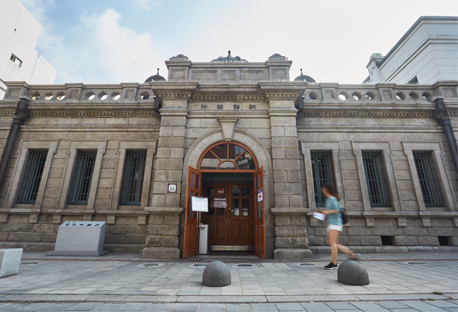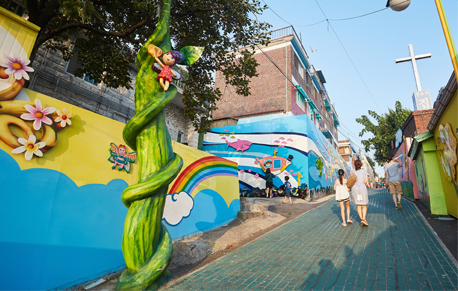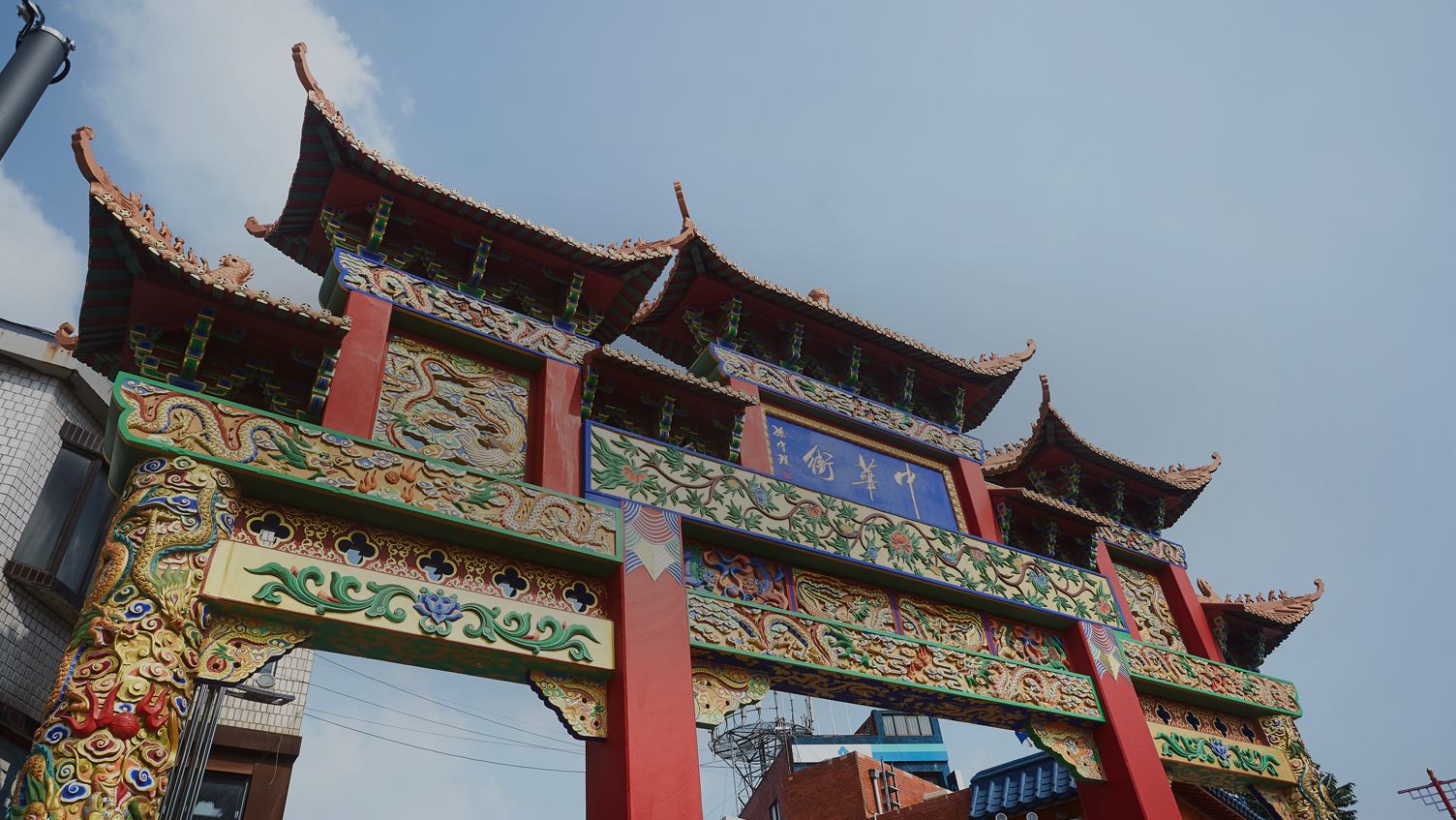
and Donghwa Village in Songwol-dong is covered with scenes from well-known children’s storybooks.
Harboring a history of 133 years, the open port of Incheon presents diverse historical and cultural elements.
Chinatown: Exotic Streets Completing the Feast of Red Colors
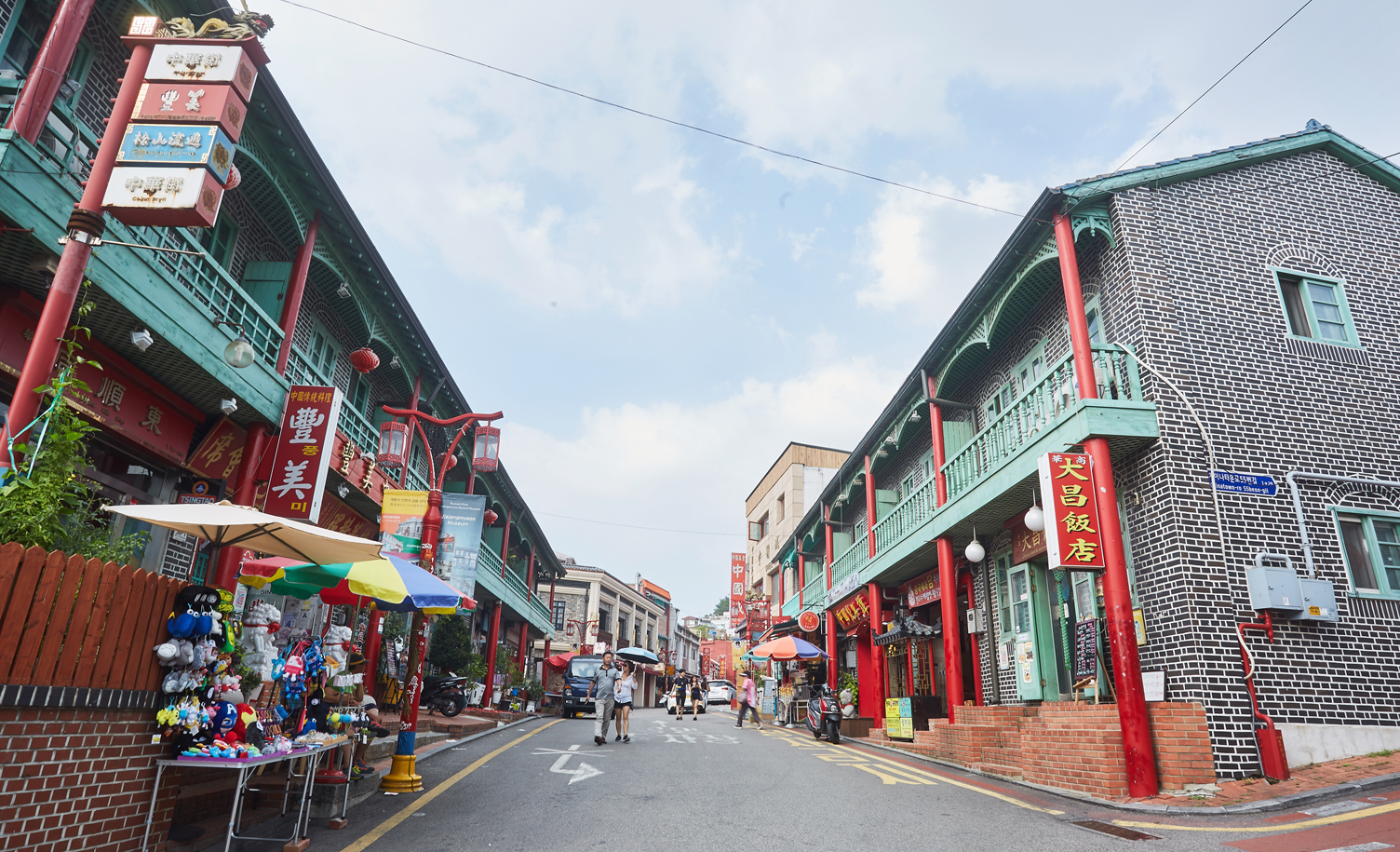
Chinese people have built their communities in 55 countries, and among them is the Chinese district in Incheon, which emerged 133 years ago.
It is hard not to notice the first pai-lou with a signboard saying 'Chinese Streets.'
This traditional archway was built in 2008 with stones donated by the City of Weihai, a sister city of Incheon’s Jung-gu District.
The second and third pai-lous are also found within the Chinatown and,
together with the red color covering the streets, they make visitors instantly feel as though they are in China.
After the Incheon port was opened in 1883 and the Seonlin-dong in Jung-gu District was designated as an extraterritorial area of the Qing Dynasty in the following year, Chinese people began to form their first ethnic village. Thousands of Chinese people engaged in active commercial activities at the time, and the open port area became a window for incoming Western culture amidst the arrival of world powers such as Japan, Russia, and Britain. Though small in number, the second and third generations of those Chinese people still live in the area, and huge capital eventually flowed in to shape the current form of the Chinatown.
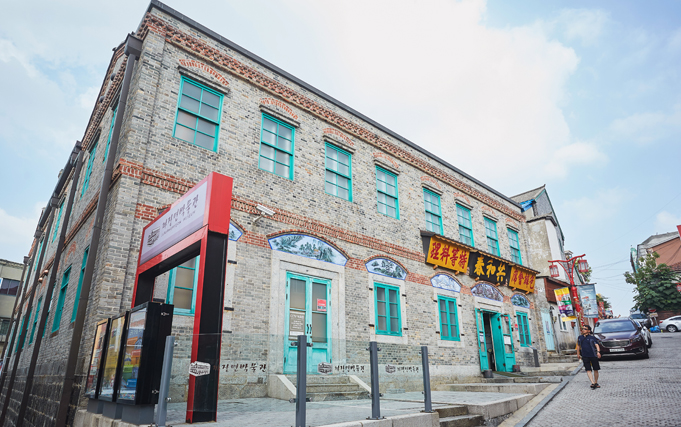
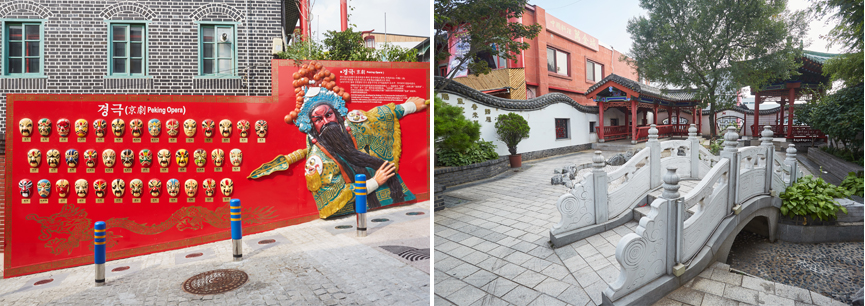
In the heart of the time-honored streets is situated the former Gonghwachun building, which is known as the birthplace of Jajangmyeon, the most well-known and loved Chinese-style noodle in Korea. Thirty years after the building was abandoned, the Jung-gu District Office purchased the building and renovated it, transforming it into Jajangmyeon Museum. Walking along the hill from the museum building, visitors can see Paradise Hotel afar. The site used to be where the British Consulate stood, and also attracted many homesick Chinese residents in Incheon, mostly from Shandong, since it was the closest spot to the Shandong Peninsula.
Walking into the Past of Old Open Port
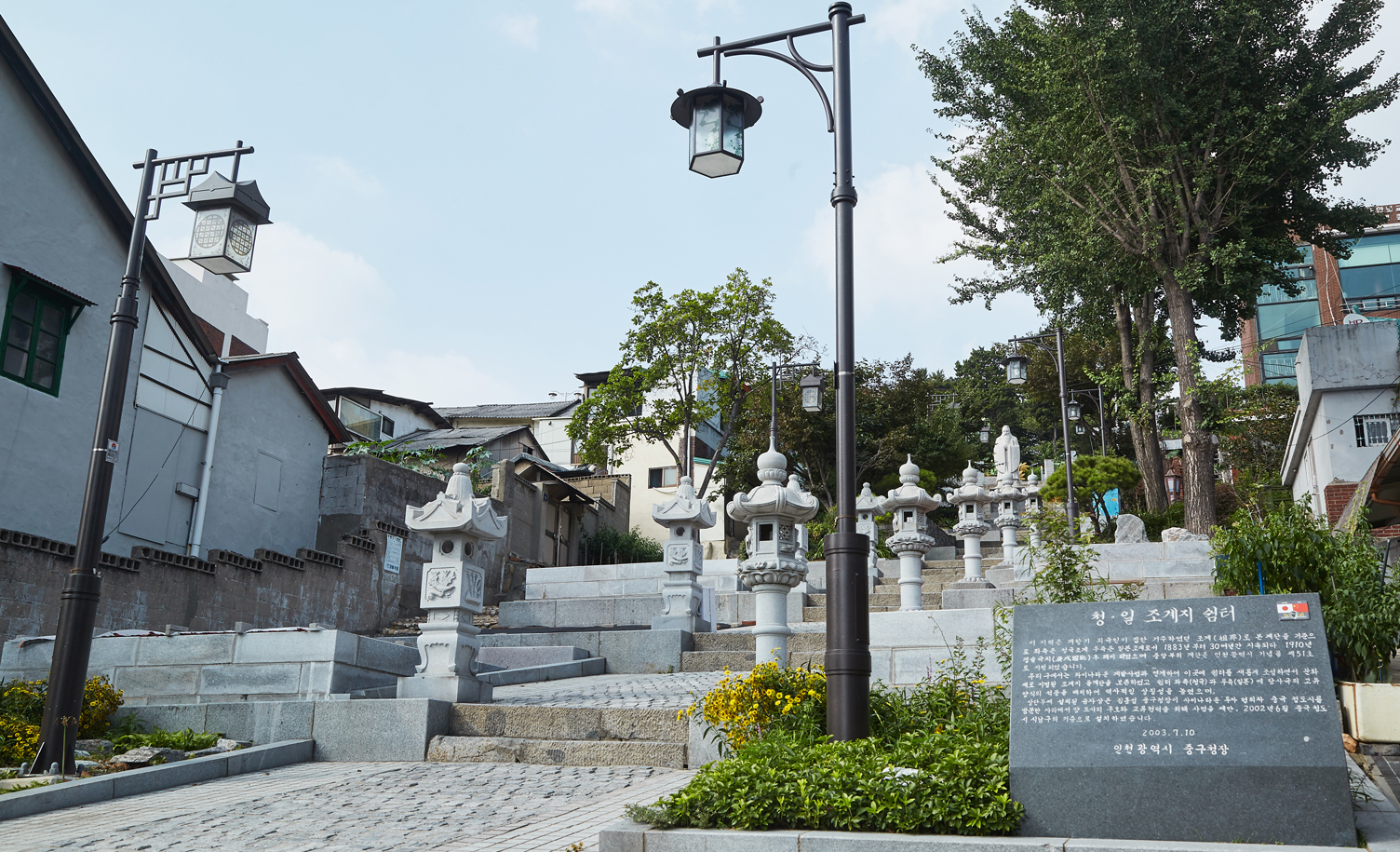
The 'concession stairs' divide the area into the Qing concession to the left and
the Japanese concession to the right, symbolizing the political conflict between China and Japan.
In reflection of this history, a statue of Confucius donated by Qingdao is situated in the middle of the stairs, but slightly closer to the Qing concession.
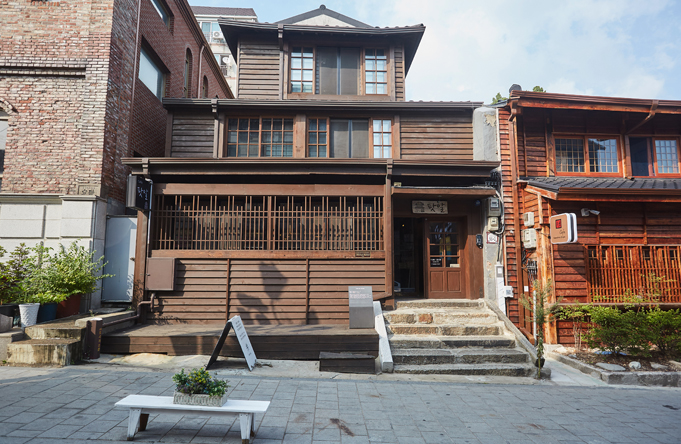
The open port area still has several buildings representing the traces of the 130-year-long history. One famous building is now occupied by café Pot-R. Built over a century ago, the building is the only Japanese-style house in Jung-gu District that has been preserved in its original state. It was previously used by an employment agency before being renovated into a space for tourists. The street passing Pot-R leads to so-called 'Bank Street', where branches of Japanese First Bank, Japanese Eighteenth Bank, and Japanese Fifty-Eighth Bank stood side by side. The former building of Japanese First Bank was transformed into Incheon Open Port Museum housing exhibits about modern culture and landscapes. Japanese Eighteenth Bank was the first bank to start business in Incheon for cotton trade, and its building is now used by the Incheon Open Port Modern Architecture Museum. The building of Japanese Fifty-Eighth Bank was later owned by Chohung Bank and Korean Red Cross, and the current occupant is the Incheon Jung-gu Restaurant Business Association. The vestiges of a long history, the Japanese buildings remain as witnesses of the many highs and lows of Korea’s modern times.
Jemulpo Club and Freedom Park: Crossroads of Modern Cultures

Pass the Jung-Gu District Office building, where the former Japanese Consulate was located, and continue uphill until reaching the building of Jemulpo Club, designed by Russian architect A.S. Sabatin. As a social club for foreign residents in the open port area, it served as a venue mainly to discuss trade affairs at Incheon port. At the time, the building had a social hall, library, and billiard tables inside, and a tennis court outside. There is an anecdote about this tennis court: upon passing by and seeing two foreigners playing tennis, a nobleman clicked his tongue and wondered, “Why can’t they just let their servants do such hard work?” Currently, Incheon City is using this building as an exhibition space to introduce cultures of various countries.
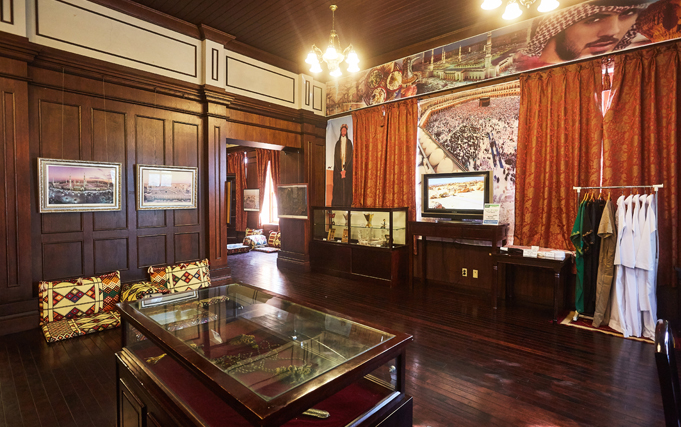
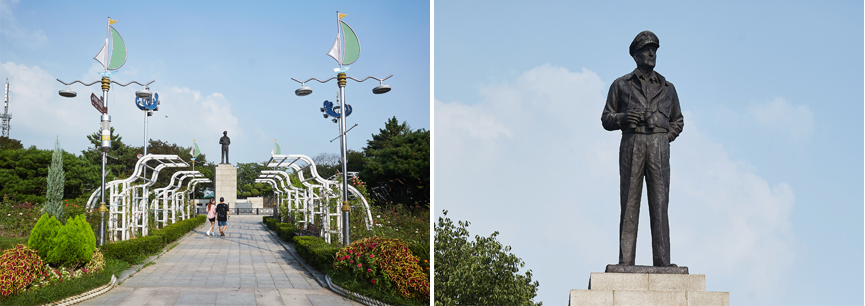
The stairs ascending from Jemulpo Club lead to Freedom Park on the hill, the first Western-style park in Korea. The park weathered critical historical moments such as the late 19th century when Incheon’s port was opened, the Japanese colonial era, the years following Korea’s liberation, and the Korean War. U.S. General Douglas MacArthur, who brought victory at the Battle of Incheon, is well-known for his quote: 'Old soldiers never die; they just fade away.' True to his words, the general’s statue is imposingly standing in the park, staring at the direction of Wolmido Island, one of the battlefields of his mission in the Korean War.
Donghwa Village where Fairytales Become Reality
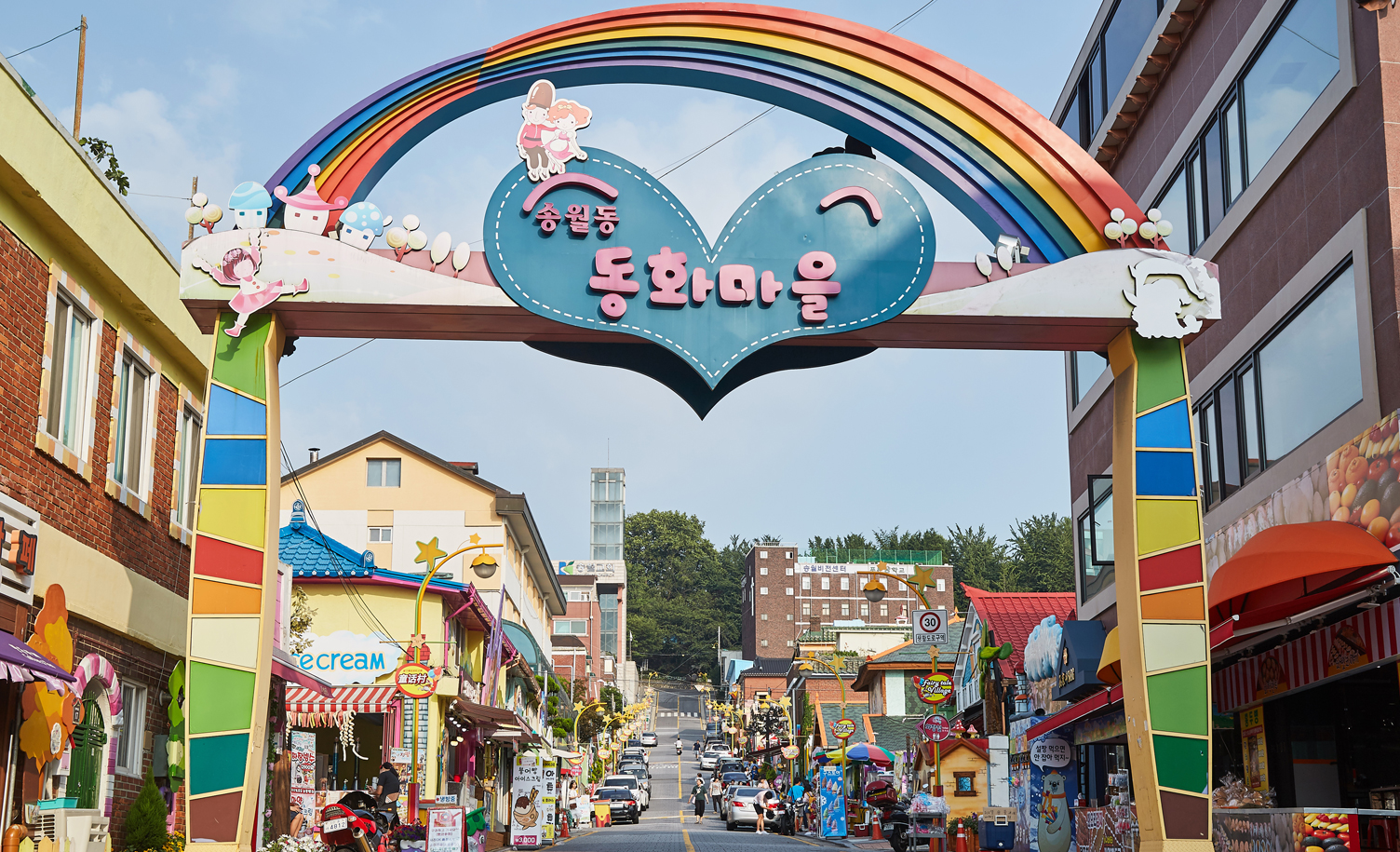
Around the time the port was opened, wealthy Germans first occupied this village, before Japanese police officers settled during the Japanese colonial rule.
During the Korean War, a number of refugees gathered in the area.
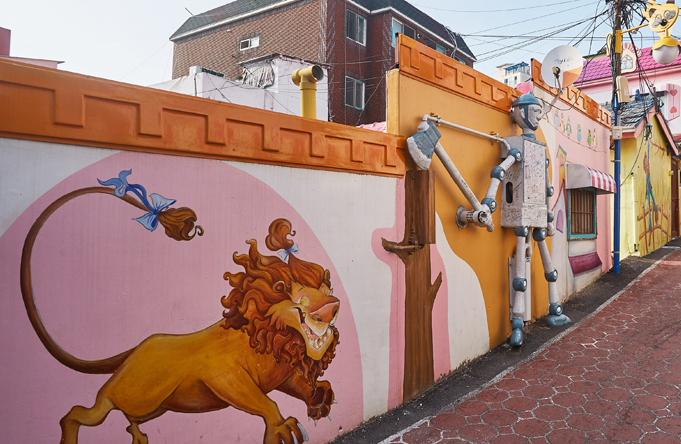
The village had been declining when a refreshing mural-painting movement began as part of an urban beautification campaign. Starting with Dorothy Street, a number of streets were painted and designed with ideas from fairytale characters and elements, such as castles, an underwater kingdom, and a cookie house, as well as Alice, Thumbelina, and fairies. The village is now one of the top tourist destinations around Incheon Chinatown, attracting a number of tourists including Chinese sightseers.
What distinguishes Fairytale Village from other mural-painted villages are the 3D artworks and ‘trick art’ that create a variety of spectacles. A metal gas gauge box has been transformed into the Tinman of the Wizard of Oz; once dreary alleys are decorated with colorful flowerbeds. Electric poles standing here and there across the village have been reborn as lively trees.
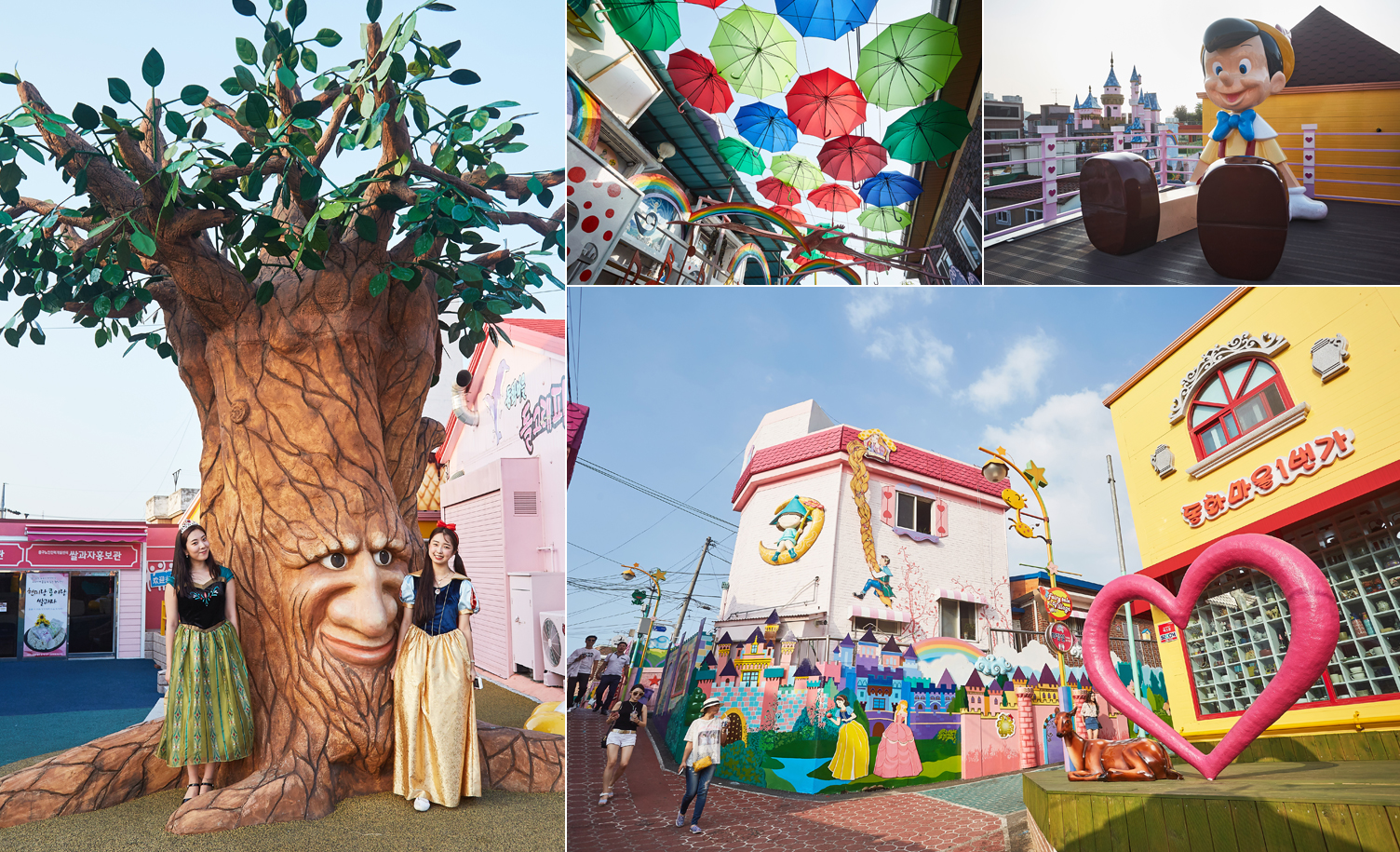
Made up of local residents, a group of storytellers often create a fairytale for their own village and
stage a puppet show with a story, in an effort to make their village 'A place where people gather and live together.'
Such efforts have already made the Fairytale Village an attraction not only with fairytale stories, but with lively stories of life and history.

